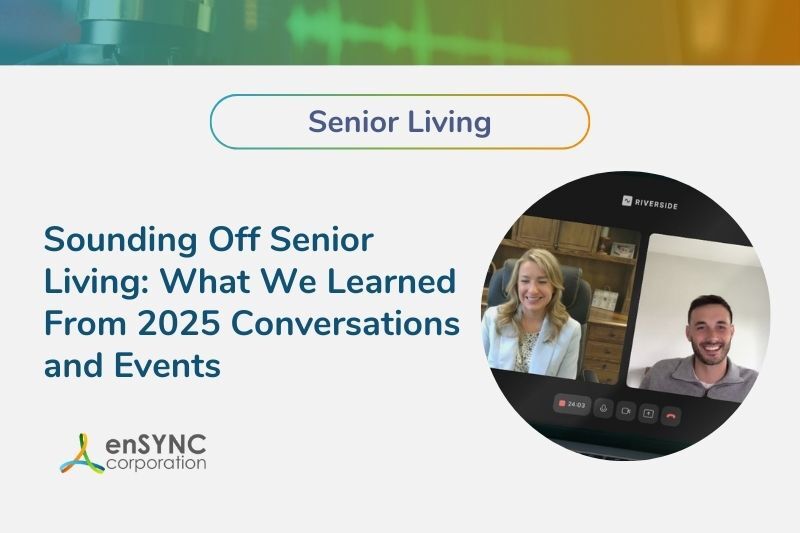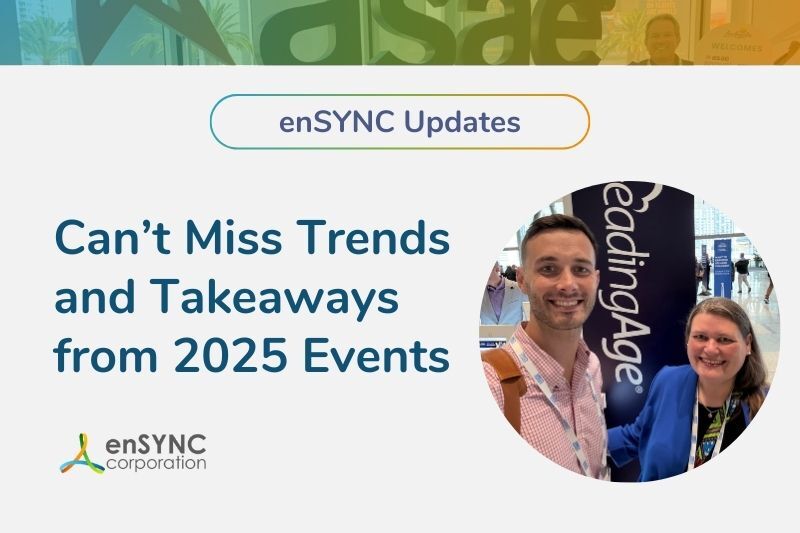Financial management | General orgainzations | Member engagement
Best Practices for Managing a Perpetual Membership Program
July 30, 2019
|
Amazon is the de facto model for all things web today. Whether we are talking about eCommerce or about the user experience, we all strive to be “like Amazon.” One successful program they run now is Amazon Prime. For a low annual membership fee, you get all kinds of amazing benefits. And they are amazing benefits, and people want them. Brilliant!
That's exactly how we'd like to run our organizations, isn't it? And honestly, we can, if we just rethink our membership models a bit.
Corporations are using the perpetual membership model
Netflix, like Amazon, is a leader in adapting the membership model in for-profit world. They have what we will call recurring billing. You give Netflix your credit card and every month they bill a small amount to that card. You hardly notice. And we wouldn't live without it.
Wouldn't it be nice to bring that same philosophy to your organization, giving members the convenience of never having to think about paying their membership fee again and never really questioning whether they will maintain that membership?
Installment billing is part of perpetual memberships
These companies also bring a second layer to the payment model and that's installment billing. They allow members to pay a smaller amount on a more frequent basis. They're operating on the philosophy that it's a little bit of money that hardly hurts at all. iCloud, Apple’s storage system, has even eliminated their larger annual payment in favor of a smaller $.99 charge that goes on your credit card every month. They figure who would quibble over that?
What Netflix, Amazon and Apple are doing in marrying the concept of recurring billing with installment plans is creating what we now call perpetual memberships.
While recurring billing and installment plans each on their own can be considered, and are, a kind of perpetual membership, a truly awesome perpetual membership model combines the benefits of both. A recurring billing (allowing members to pay with a credit card on file) and installment plan (taking a small portion of the dues amount and spreading it out over the year) are a great 1 - 2 punch.
Tips for building your perpetual membership
But building a perpetual membership system and getting constituents to sign on are two different things. Just because you’ve built it, doesn’t mean they will come. So what are some tips for getting your members to sign on?
Have an excellent and strong security position.
Members who are giving you their credit card or banking information want to know that you have a secure environment with strong fraud management. This can be accomplished with a payment processing partner who has an even stronger layer of built-in protections. Make sure your gateway and merchant processor have the latest in PCI compliance measures and fraud protection services.
Writing up your policies and positions about security and having a statement available for your members will put their minds at ease about adopting this program. It’s something you can have ready to show them.
Offer perpetual memberships for joining members.
As an incentive to new members, offer an installment plan that divides up their dues obligation. This sometimes makes the fees more palatable to them. For professional associations, targeting the younger potential member or even student members and offering this as an option, can sometimes make the difference in getting them involved earlier than they normally would. For students, make sure you communicate this as an option as they near their graduation. Have a landing page devoted to this offer on your site so they get all the information they need. If you charge a convenience fee for those enrolled in your perpetual membership program, consider waiving that for the first year as a “graduation present.”
For trade associations, target those long-time holdouts and explain how the perpetual membership program can offer them a taste of association benefits with a graduated payment plan. Then make sure you deliver in those first months, with an excellent on-boarding program. Communicate early and often about all they are getting from your organization. You can do this by programming your AMS’ automation capabilities to send out emails.
Target at-risk renewing members
We know that in most associations, you are vulnerable to lose those first-third year members. Use the perpetual program as your leverage for keeping these individuals.
Don’t wait too long. Offer newer current members the option of enrolling in your recurring billing program. Tout the convenience of never having to think about writing that check again. By enrolling in this program, they can remain a member of their professional organization in perpetuity. Often newer members are enthusiastic about the organization in the early months of their membership, so offer this as an option six months into their membership before they hit that expiration date.
Do you have an incentive you can offer for enrollment? A book? A directory? An educational module? Offer that as part of the enrollment package.
Start communicating this through email and letter at least three months before their expiration date.
Couple communications plans with your engagement management system
Do you have engagement management – a system that allows you to see who those most involved members are and who is at risk for dropping out?
Use the power of data to build your perpetual membership program. By targeting those members who are most engaged and involved with your organization, you can build participation in the program. Those are the individuals who will be most amenable to enrolling in the program.
By generating momentum with this group you can build a strong cadre of individuals using the program.
Tap these people for testimonials about the ease of recurring billing or the convenience of installment plans.
Next, inspect your engagement data to find those members who are a little more detached from the organization. Is there a geographic pattern, an age cohort, a product or service that drives engagement? Consider offering these unengaged members a way to remain involved through perpetual memberships – and then communicate more directly about the organization, how they can get involved, and what services would appeal to them most. Whether it's a conference in their area, a white paper geared to their career goals, or an invitation to join a committee.
Make transparency your watchword
Members will feel more confident and satisfied if you communicate often about the program. Not only do we suggest having a statement on security as described above, but also remind those enrolled in the program when you are about to issue a charge or debit to their account. Here are a couple of example emails:
“Hello! The monthly debit to your account for member dues will occur on Sept. 5. We appreciate your continued support!”
“Good afternoon. Your annual dues to XXXX are coming due on June 30. Because you are enrolled in our perpetual membership program, there is nothing you have to do! We will take care of renewing your dues for you!”
You may want to couple these messages with plans for the coming year or a review of recent projects.
Delight your accounting department
Sometimes your accounting department has a reluctance to get involved with a program that will burden them with extra tasks, such as chasing expired credit card numbers. Consider working with a merchant processor who has an “account updater” feature. They can automatically capture 50% or more of expiring credit cards without your staff having to take any intervention with the member.
This may convince them of the program’s worth – more revenue and less work!
Follow the lead of corporations to perpetual memberships
Sometimes the biggest impediment to change is just knowing where to start. Corporate culture is undergoing great change today. Uber is disrupting the transportation industry. Airbnb is doing the same to travel. Service delivery is changing as never before and our friends in the for-profit sector have latched on to the membership model. Let's latch on to their pricing expertise and offer members convenience and service!
Recent Posts

The Best of the Blog 2025 — A Year in Review
From forward-looking trend analyses to powerful case studies and thought-provoking conversations, the enSYNC blog featured a host of great content in...

Sounding Off Senior Living: What We Learned From 2025 Conversations and Events
As senior-living leaders navigate 2025’s rapid shifts in workforce, technology, regulation, and resident expectations, one theme has become...
Enjoying our blog?
At enSYNC, we want to empower associations and nonprofits to make well-educated decisions. If you want our industry knowledge (and other free guides) sent directly to your inbox, fill out the form below.



